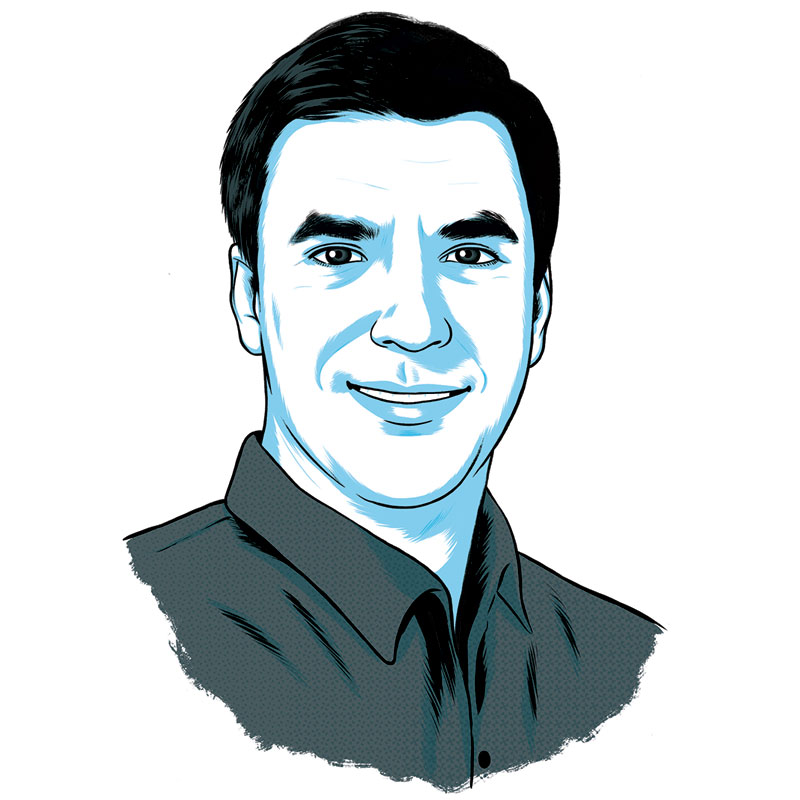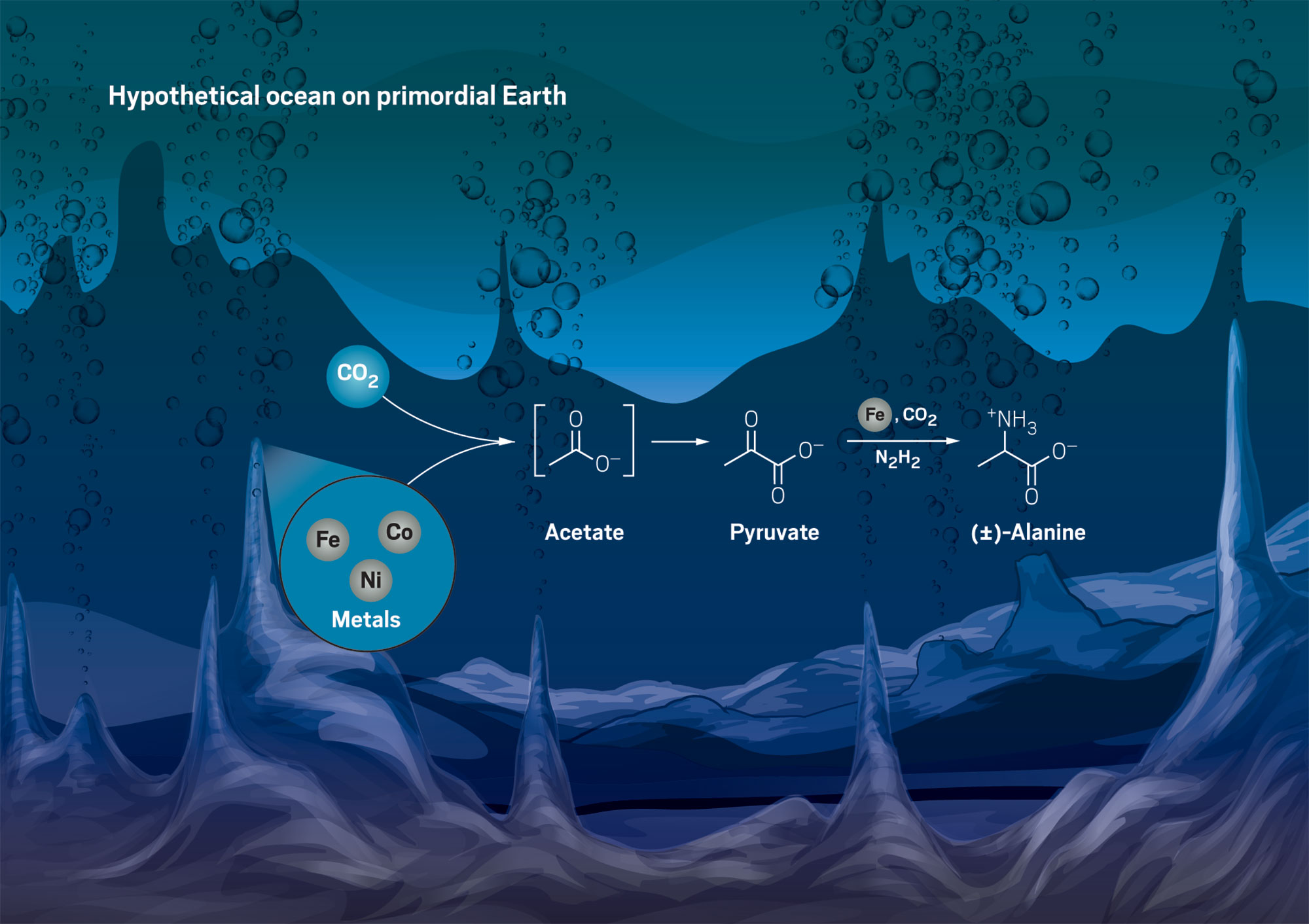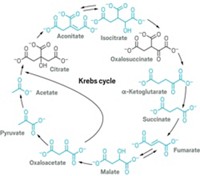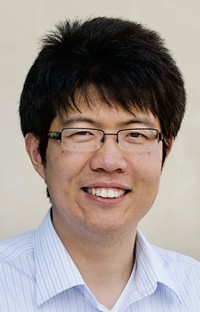Advertisement
Grab your lab coat. Let's get started
Welcome!
Welcome!
Create an account below to get 6 C&EN articles per month, receive newsletters and more - all free.
It seems this is your first time logging in online. Please enter the following information to continue.
As an ACS member you automatically get access to this site. All we need is few more details to create your reading experience.
Not you? Sign in with a different account.
Not you? Sign in with a different account.
ERROR 1
ERROR 1
ERROR 2
ERROR 2
ERROR 2
ERROR 2
ERROR 2
Password and Confirm password must match.
If you have an ACS member number, please enter it here so we can link this account to your membership. (optional)
ERROR 2
ACS values your privacy. By submitting your information, you are gaining access to C&EN and subscribing to our weekly newsletter. We use the information you provide to make your reading experience better, and we will never sell your data to third party members.

Joseph Moran
Origins explorer is seeking the chemistry that sparked life on Earth
by Tien Nguyen
August 20, 2018 | APPEARED IN VOLUME 96, ISSUE 33
Growing up in Canada as a performer and musician, Joseph Moran paid little mind to science. Later in college, though, when he decided to study medicine, he found himself enjoying the challenge of his organic chemistry classes. Hooked on chemical reactions and how they drive biological processes, he switched his major. "All of biology is organic chemistry," he says.
Now, an ocean away at the University of Strasbourg, Moran has been tackling one of his, and possibly chemistry's, biggest challenges yet: uncovering the chemistry at the dawn of life on Earth.
"It takes a lot of audacity to take on this problem as an assistant professor," says Moran's postdoctoral adviser, Michael Krische at the University of Texas, Austin.
Some origins-of-life researchers look for possible reaction pathways that might have, on early Earth, created the biomolecules that organisms use for energy. Their proposed pathways need to work without the help of cells or enzymes that wouldn't have yet existed in primordial times.
But those routes often start with reactive molecules, like hydrogen cyanide, and not carbon dioxide, like the pathways found in nature today. Many scientists think that carbon dioxide's relative lack of reactivity makes it an unlikely precursor for prebiotic chemistry. But Moran isn't convinced.
Instead, he and his team have found that metals and metal ions like iron and zinc can react with carbon dioxide and accomplish portions of two of the most ancient metabolic pathways: the reverse Krebs cycle and the acetyl-CoA pathway.
"His chemistry is so striking and simple," Krische says. "It's amazing that metals and metal ions can spontaneously produce half of a key pathway that normally takes 11 steps and 10 different enzymes to carry out," he says.
"How does complexity build itself?" Moran asks. "I think about this question all the time—in the shower, on vacation. It has really captured my imagination."
Pursuing this profound question has taught Moran that science is "just as creative as any art," though he still makes time for music by organizing karaoke nights right in the chemistry building. "I'm passionate about science now more than ever," he says.
Watch Moran speak at the American Chemical Society national meeting on Aug. 20 in Boston.
Vitals
Current affiliation: University of Strasbourg
Age: 36
Ph.D. alma mater: University of Ottawa
Role models: My senior colleagues Jean-Marie Lehn and Jean-Pierre Sauvage, who are both Nobel laureates. Jean-Marie for his work ethic and enthusiasm for science, which have not diminished even more than 30 years after winning the prize. And Jean-Pierre for his incredible humbleness despite all his accomplishments.
I've overcome adversity in the lab by: Adapting to the French academic system when starting up my lab. For example, the chemistry store on campus closes for much of August, so we have to stock up on solvents and chemicals well in advance.
Latest TV show binge-watched: "The Crown"
Walk-up song: "Don't Stop Me Now" by Queen
Research at a glance

Credit: Yang H. Ku/C&EN/Shutterstock
Moran's lab has found that mixing metals in water under a pressurized atmosphere of carbon dioxide produces acetate and pyruvate, an intermediate and end product, respectively, of the acetyl-CoA metabolic pathway. Exposing pyruvate to the same conditions plus hydrazine gives the amino acid alanine. The researchers believe these reactions (shown) could be plausible prebiotic pathways to create the complex molecules necessary for life.
Three key papers
"Native Iron Reduces CO2 to Intermediates and End-Products of the Acetyl-CoA Pathway"
(Nat. Ecol. Evol. 2018, DOI: 10.1038/s41559-018-0542-2)
"Metals Promote Sequences of the Reverse Krebs Cycle"
(Nat. Ecol. Evol. 2017, DOI: 10.1038/s41559-017-0311-7)
Catalysis
Joseph Moran
Origins explorer is seeking the chemistry that sparked life on Earth
by Tien Nguyen
August 19, 2018
| A version of this story appeared in
Volume 96, Issue 33


Vitals
Current affiliation: University of Strasbourg
Age: 36
Ph.D. alma mater: University of Ottawa
Role models: My senior colleagues Jean-Marie Lehn and Jean-Pierre Sauvage, who are both Nobel laureates. Jean-Marie for his work ethic and enthusiasm for science, which have not diminished even more than 30 years after winning the prize. And Jean-Pierre for his incredible humbleness despite all his accomplishments.
I’ve overcome adversity in the lab by: Adapting to the French academic system when starting up my lab. For example, the chemistry store on campus closes for much of August, so we have to stock up on solvents and chemicals well in advance.
Latest TV show binge-watched: “The Crown”
Walk-up song: “Don’t Stop Me Now” by Queen
Three key papers
“Native Iron Reduces CO2 to Intermediates and End-Products of the Acetyl-CoA Pathway” (Nat. Ecol. Evol. 2018, DOI: 10.1038/s41559-018-0542-2)
“Metals Promote Sequences of the Reverse Krebs Cycle” (Nat. Ecol. Evol. 2017, DOI: 10.1038/s41559-017-0311-7)
“Identifying Lead Hits in Catalyst Discovery by Screening and Deconvoluting Complex Mixtures of Catalyst Components” (Chem. Sci. 2015, DOI: 10.1039/c5sc00268k)
Growing up in Canada as a performer and musician, Joseph Moran paid little mind to science. Later in college, though, when he decided to study medicine, he found himself enjoying the challenge of his organic chemistry classes. Hooked on chemical reactions and how they drive biological processes, he switched his major. “All of biology is organic chemistry,” he says.
Now, an ocean away at the University of Strasbourg, Moran has been tackling one of his, and possibly chemistry’s, biggest challenges yet: uncovering the chemistry at the dawn of life on Earth.
“It takes a lot of audacity to take on this problem as an assistant professor,” says Moran’s postdoctoral adviser, Michael Krische at the University of Texas, Austin.
Some origins-of-life researchers look for possible reaction pathways that might have, on early Earth, created the biomolecules that organisms use for energy. Their proposed pathways need to work without the help of cells or enzymes that wouldn’t have yet existed in primordial times.
But those routes often start with reactive molecules, like hydrogen cyanide, and not carbon dioxide, like the pathways found in nature today. Many scientists think that carbon dioxide’s relative lack of reactivity makes it an unlikely precursor for prebiotic chemistry. But Moran isn’t convinced.
Instead, he and his team have found that metals and metal ions like iron and zinc can react with carbon dioxide and accomplish portions of two of the most ancient metabolic pathways: the reverse Krebs cycle and the acetyl-CoA pathway.
“His chemistry is so striking and simple,” Krische says. “It’s amazing that metals and metal ions can spontaneously produce half of a key pathway that normally takes 11 steps and 10 different enzymes to carry out,” he says.
“How does complexity build itself?” Moran asks. “I think about this question all the time—in the shower, on vacation. It has really captured my imagination.”
Pursuing this profound question has taught Moran that science is “just as creative as any art,” though he still makes time for music by organizing karaoke nights right in the chemistry building. “I’m passionate about science now more than ever,” he says.




















Join the conversation
Contact the reporter
Submit a Letter to the Editor for publication
Engage with us on Twitter